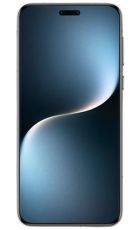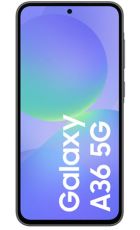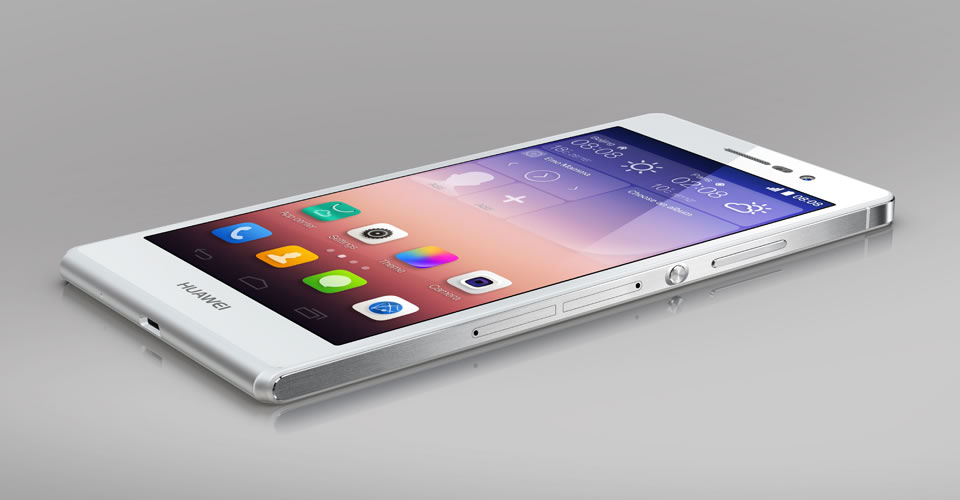
Huawei hasn’t yet made much of a name for itself on these shores but with phones like the Ascend P7 that may soon change. It’s a flagship device with a premium build and most of the bells and whistles you’d expect, but does it really have the muscle to take on the Samsung Galaxy S5 and other Android heavyweights? Read on to find out.
Stunning and slim

The Huawei Ascend P7 certainly makes a good first impression, coming in at a super slim 6.5mm. That makes it substantially thinner than the Galaxy S5, HTC One (M8), iPhone 5S or Sony Xperia Z2.
It looks good too, with a metal frame and largely rectangular build putting us in mind of the iPhone 5S or Xperia Z2, however it has a unique flair of its own by adding a curved bottom edge.
The back is plastic but that too looks and feels fairly premium, thanks to a textured design apparently inspired by a drop of water.
The Huawei Ascend P7 isn’t quite up to the design standards of the HTC One M8 or iPhone 5S but it more or less stands up to the Sony Xperia Z2 and blows most other handsets away.
Display
A 5 inch full HD 1080 x 1920 IPS LCD display is the order of the day on the Huawei Ascend P7 and it’s a specification which puts it on the same level as other flagships. It’s big, bright and high resolution, with a pixel density of 441 pixels per inch. It’s also not particularly reflective, which makes it a lot more useable outside in bright sunlight than many other phones.
Not quite top flight
Unfortunately while the screen and build might be worthy of a flagship phone the specs aren’t really. With a 1.8 GHZ quad-core HiSilicon Kirin 910T processor and 2GB of RAM it’s not exactly lacking for power, but it pales in comparison to most high end Android phones, which these days are coming out with 2.3-2.5GHz processors and in some cases 3GB of RAM.
It’s still a snappy performer, especially with the addition of 4G, which makes it super speedy for mobile internet too, but it feels like a flagship from last year, not a brand new model.
Camera
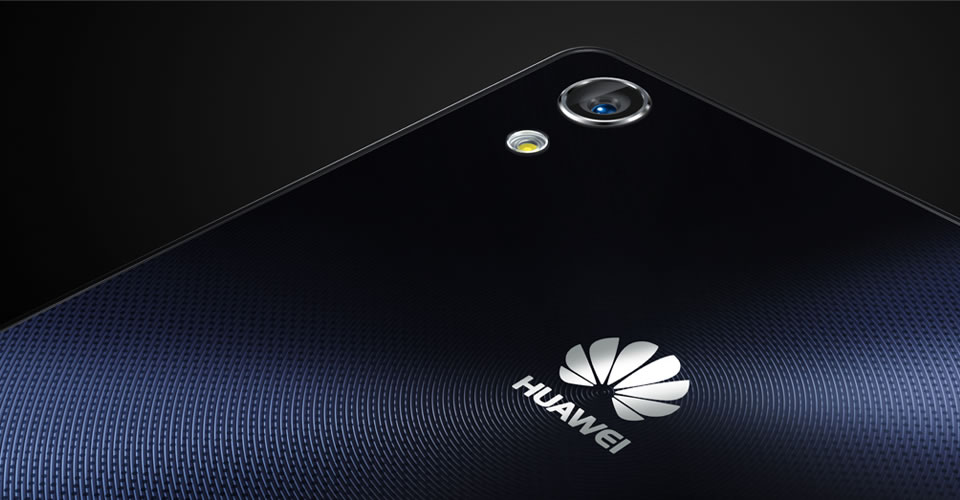
The Huawei Ascend P7’s camera is surely one of its biggest selling points. It has a 13 megapixel snapper on the back with a 4th Gen Sony BSI sensor. There’s only a single LED flash and no optical image stabilisation but it’s still capable of taking some high quality photos and even performs reasonably well in low light.
Plus there are a bunch of shooting modes such as HDR and Audio Photo, the latter of which combines ten seconds of audio with an image.
However it’s not the rear camera that’s the star of the show but the front facing one, which at 8 megapixels makes it far superior to other handsets. Front facing cameras tend to seem like little more than an afterthought but they can be very useful for self-shots, webcam and video calls so it’s nice to see some attention paid to that side of things in the Ascend P7.
Its video capabilities are limited to 1080p at 30fps, which is fine but a little lacking compared to the 2160p and 60fps video shooting we’re starting to see pop up on other high end handsets.
Interface
The Huawei Ascend P7 runs Android 4.4.2 KitKat overlaid with the company’s Emotion 2.3 UI. Unfortunately this is one of the worst Android interfaces we’ve come across. The design is a little cartoonish and not particularly attractive while it seems built with simplicity in mind, which can sometimes be good, but in this case it just makes it feel really restrictive.
For example there’s no app drawer, instead every single app just sits on a home screen, which can make things look messy and is infuriating if you’re used to having access to an app drawer.
On the flip side this level of simplicity makes it a good choice for young children or anyone else who isn’t particularly tech savvy, but then such people aren’t likely to be interested in a flagship device that costs nearly £400.
Battery life, memory and connectivity
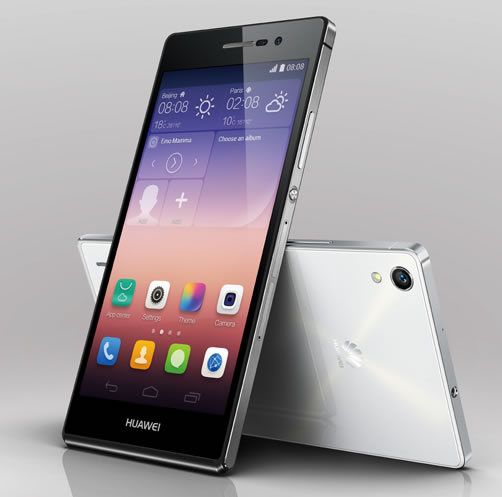
The Ascend P7 has a 2500 mAh battery which Huawei promises can deliver up to 422 hours of life on standby or up to 14 hours of talk time. That’s not bad but it’s a little way short of most other recent flagship phones, which tend to be capable of around 20 hours of talk time. To help things along there’s a power saving mode which ekes out extra life when the battery is nearly flat, but that’s a standard feature of smartphones and doesn’t elevate it above the competition.
While we haven’t been able to fully put it through its paces yet it looks like the Ascend P7 will be able to see you through the day with moderate to heavy use but you’re not likely to get two days out of it.
There’s only 16GB of memory built in but it has a microSD card slot with support for cards of up to 64GB and it supports Wi-Fi, 3G, 4G LTE, NFC and Bluetooth 4.0, with the only notable omission being infrared.
Early thoughts
The Huawei Ascend P7 is certainly an interesting proposition. It’s a flagship phone which, well, doesn’t quite have the muscle you’d expect from a flagship, feeling rather upper mid-range instead. That doesn’t necessarily matter as it’s also priced lower than most flagships, as it’s likely to sell for around £370 SIM free when it launches in the coming weeks.
For that sort of money it’s a lot more tempting and fares better when thought of as a mid-range phone rather than something designed to compete with the HTC One M8 or iPhone 5S.
With reasonably powerful innards, a stylish design, a good camera, an impressive screen and 4G connectivity it certainly feels like a good all-rounder for the price, but in most areas it’s still not quite up there with the Nexus 5 or OnePlus One, both of which are priced lower and the Emotion UI is intrusive enough to be a deal breaker for many people, which is a shame, because this is almost a great phone.








